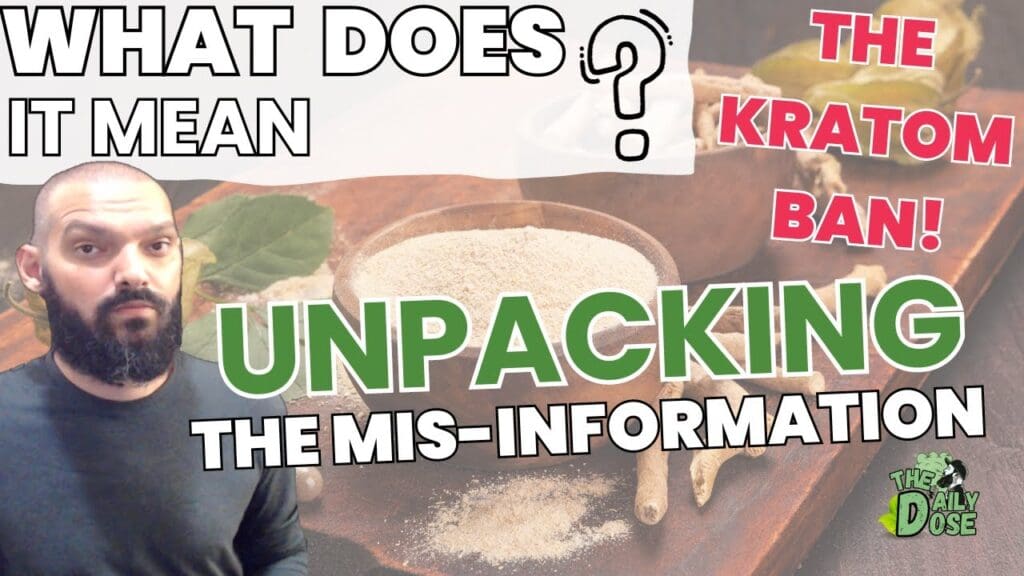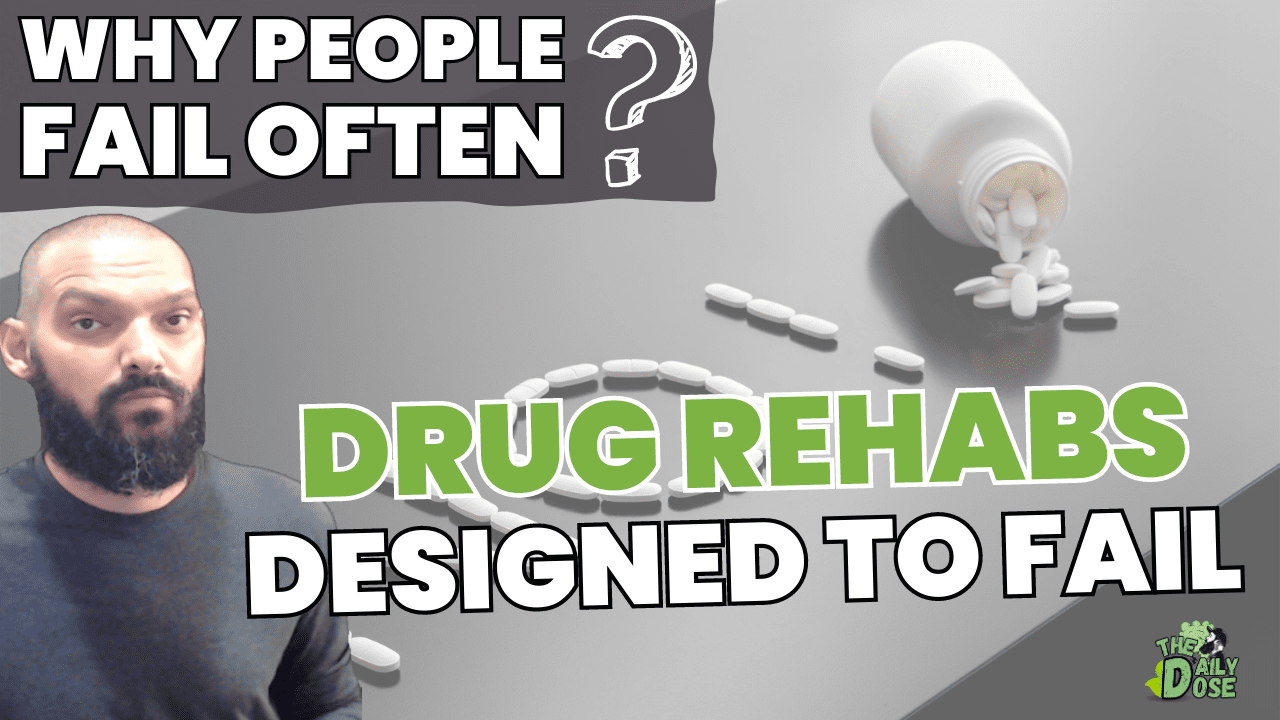Kratom Dependency: What To Know Now
Introduction
In the landscape of natural supplements, Kratom has gained both fervent supporters and vehement critics. Derived from the leaves of the Mitragyna speciosa tree, this botanical substance has stirred heated debates and provoked fervent discussions.
While some hail it as a natural panacea, others caution against the dangers it poses, particularly in the realm of dependency. In this extensive exploration, we delve deep into the enigmatic world of Kratom, dissecting its allure, the sinister reality of Kratom abuse, and the path to recovery.
It’s a complex journey marked by varying perspectives, facts, and data that ultimately sheds light on the intricate and often controversial nature of Kratom usage.
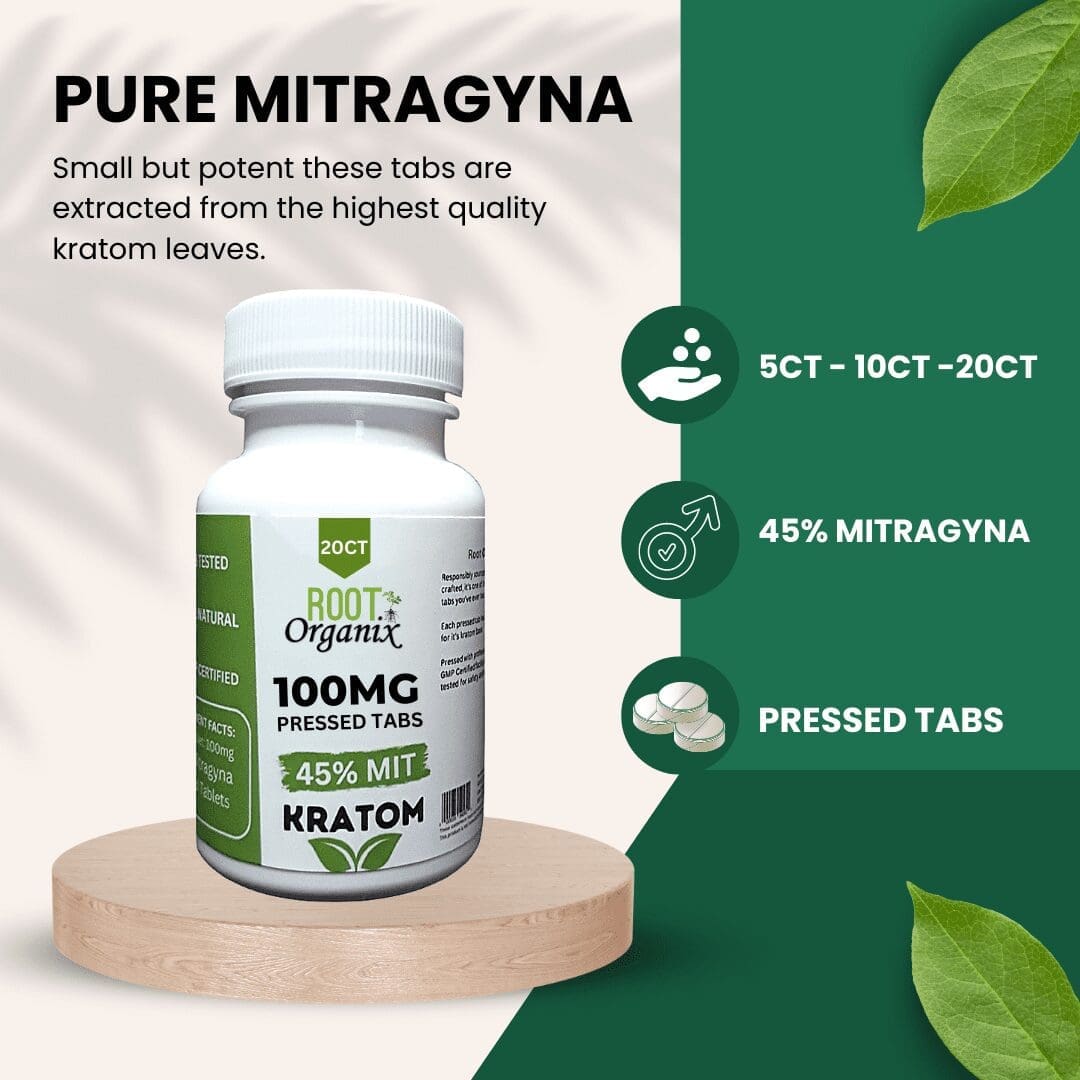
Kratom: A Closer Look
Kratom is not just another herbal supplement; it’s a potent natural substance with a history rooted in traditional use. From its origins in Southeast Asia to its widespread adoption in the West, we examine the botanical’s chemical composition, the diverse strains available, and the reasons behind its growing popularity.
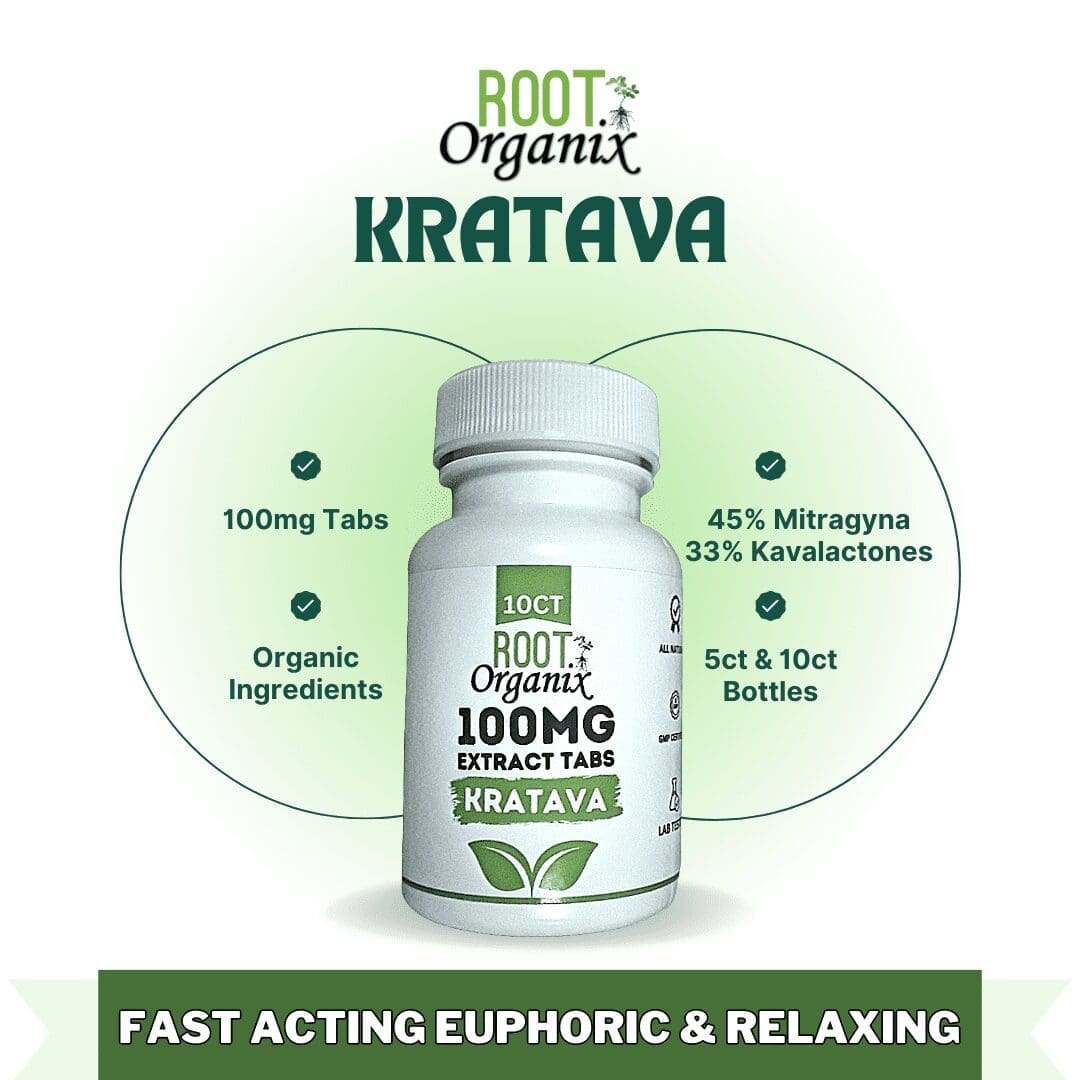
Part 1: Chemical Composition of Kratom
Kratom, scientifically known as Mitragyna speciosa, is a tropical tree native to Southeast Asia. Its leaves contain a complex chemical composition that includes over 40 alkaloids, with two primary ones, mitragynine and 7-hydroxymitragynine, responsible for its effects.
These alkaloids interact with opioid receptors in the brain, creating both stimulant and sedative effects. Mitragynine, in particular, acts as a partial agonist at the mu-opioid receptor. Understanding this chemical foundation is essential in grasping how Kratom’s diverse strains and effects come into play.
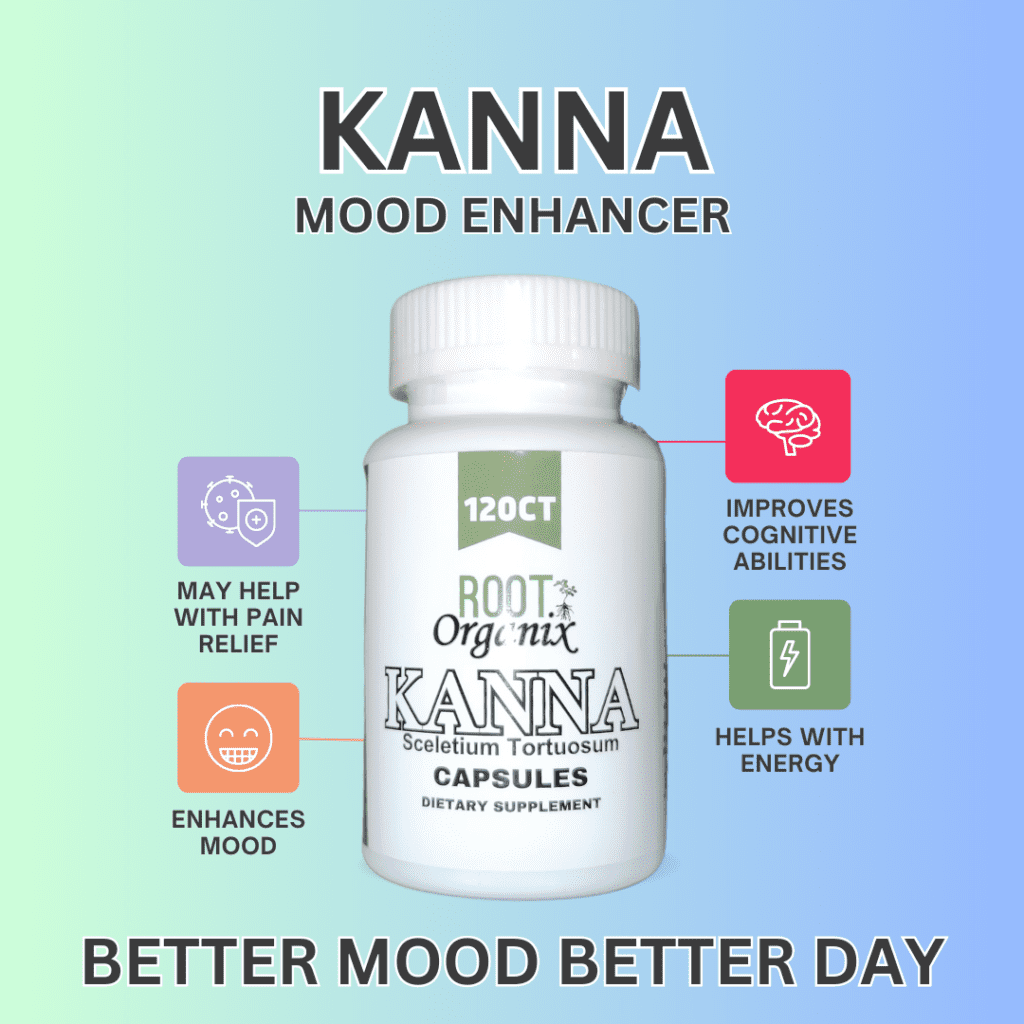
Part 2: Diverse Strains of Kratom
Kratom’s allure lies in its various strains, each with its unique characteristics. Some popular strains include Maeng Da, Bali, and Thai, each originating from different regions in Southeast Asia. The strains are distinguished by their alkaloid profiles, giving rise to variations in effects.
For instance, Maeng Da is often associated with stimulating effects, while Bali strains are renowned for their analgesic properties. By recognizing the diversity among Kratom strains, users can make informed choices based on their desired outcomes.
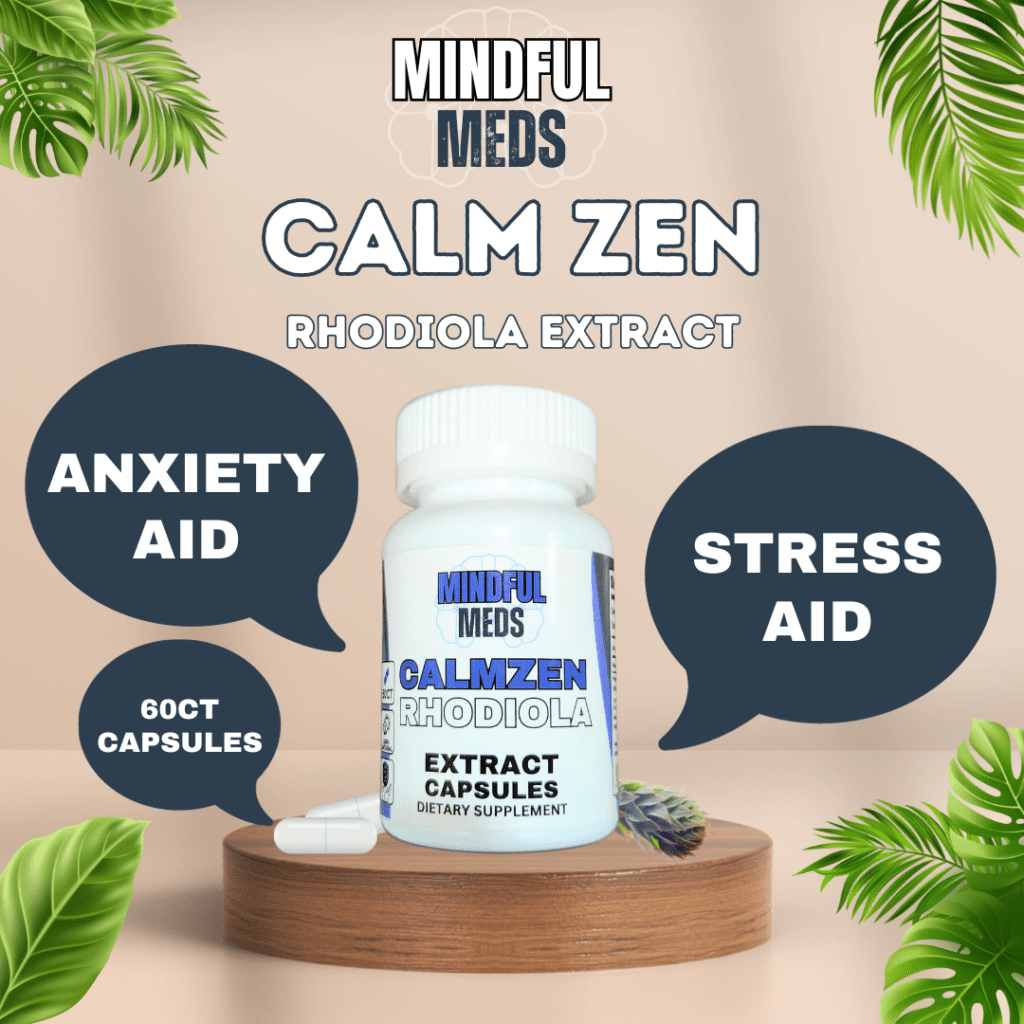
Part 3: Reasons Behind Kratom’s Growing Popularity
Kratom’s popularity has surged in recent years, with proponents touting its natural properties as a remedy for chronic pain, anxiety, and depression. It offers an appealing alternative to pharmaceuticals, given its accessibility and affordability. In the midst of a global opioid crisis, some have turned to Kratom as a potential substitute, citing its purported benefits.
Kratom’s diverse strains also cater to a wide range of user preferences, contributing to its growing popularity. However, this surge in usage is accompanied by concerns about dependency and safety, prompting a deeper exploration into the risks and benefits associated with Kratom.
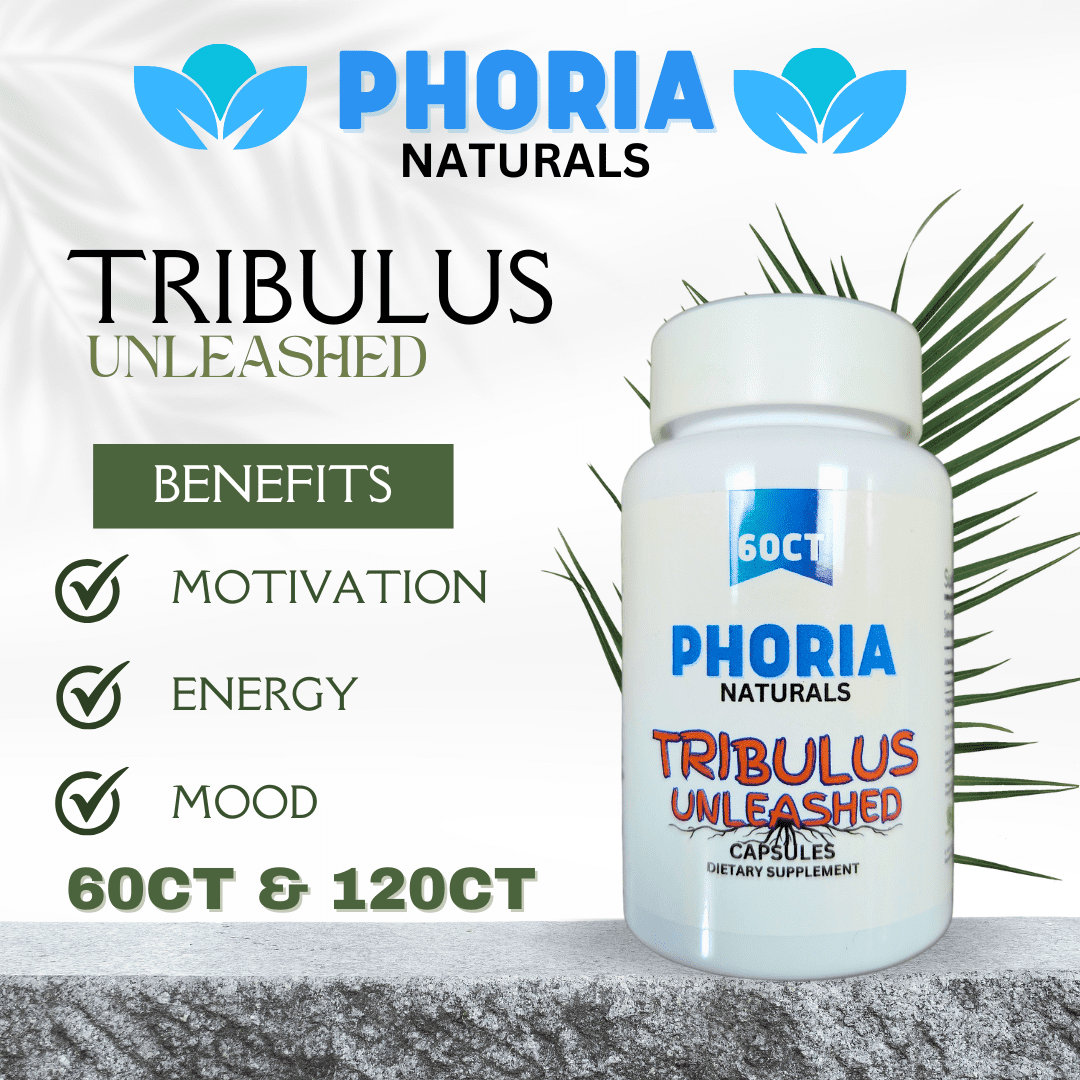
The Appeal of Kratom
Kratom’s appeal lies in its potential to offer pain relief, an energy boost, and even euphoric sensations. Users have turned to Kratom as a purported natural alternative to manage pain, anxiety, and depression. Its accessibility, affordability, and lack of prescription requirements have made it particularly appealing to individuals seeking an alternative approach to wellness.
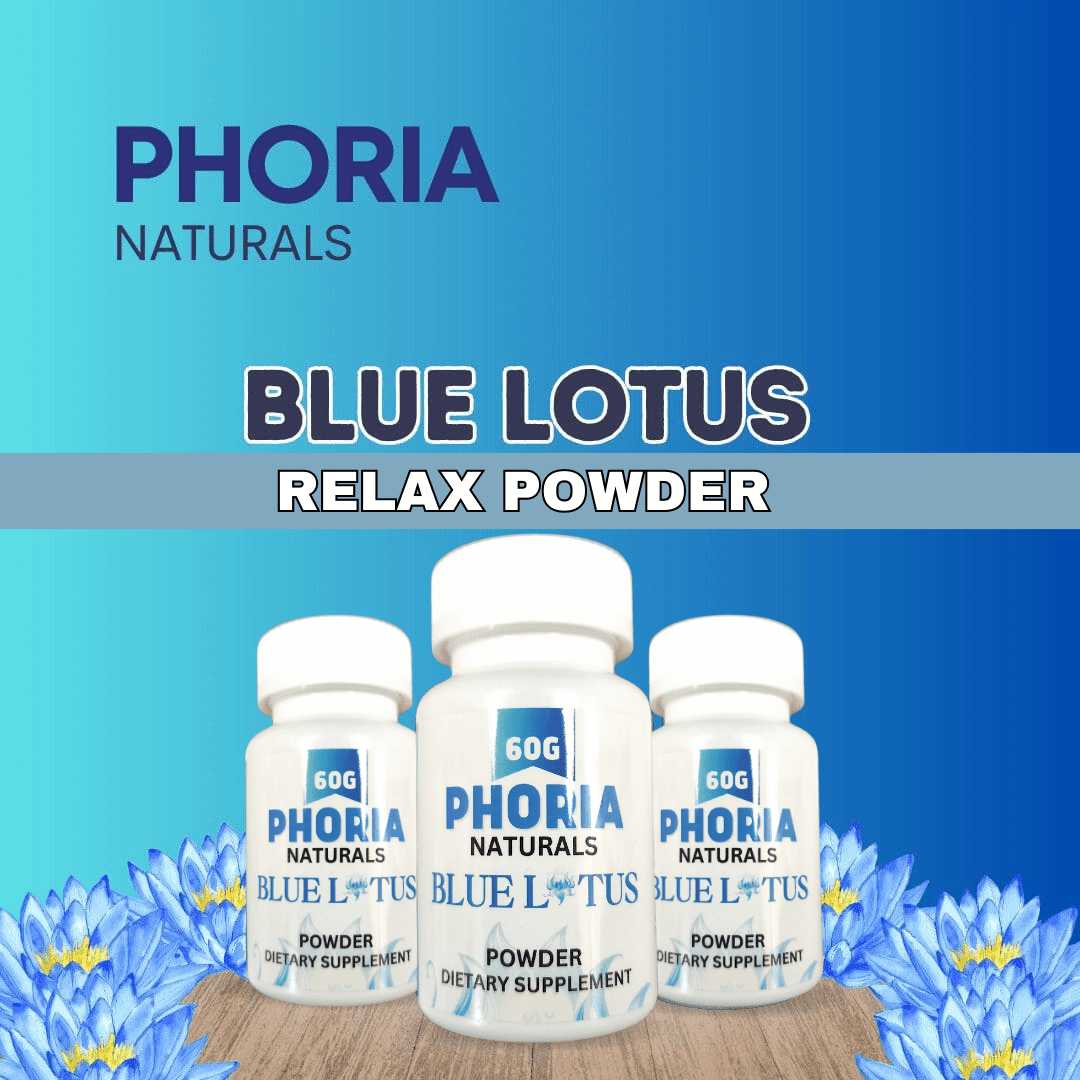
The Dark Side of Kratom: Dependency Unveiled
As Kratom’s popularity continues to surge, so do concerns about dependency. In this section, we delve into the shadowy realm of Kratom over use, exploring how seemingly benign use can escalate into a serious issue. We analyze the risk factors and mechanisms that underlie dependency, uncovering its complex and often hidden nature.
Dependency, though not as widely recognized as some other substance dependencies, carries its own complexities and hidden risks. The development of Kratom over use is intricately linked to several risk factors and underlying mechanisms.
While factors such as prolonged and heavy use of Kratom play a role, it’s the interplay with the plant’s alkaloids, particularly mitragynine, and the way they interact with the brain’s opioid receptors that drive dependency.
Frequent use results in the brain developing tolerance, necessitating higher doses for the desired effects, which can ultimately culminate in a full-blown dependency. These mechanisms, hidden beneath the surface, exemplify the intricate nature of Kratom and underscore the importance of raising awareness about its potential risks.
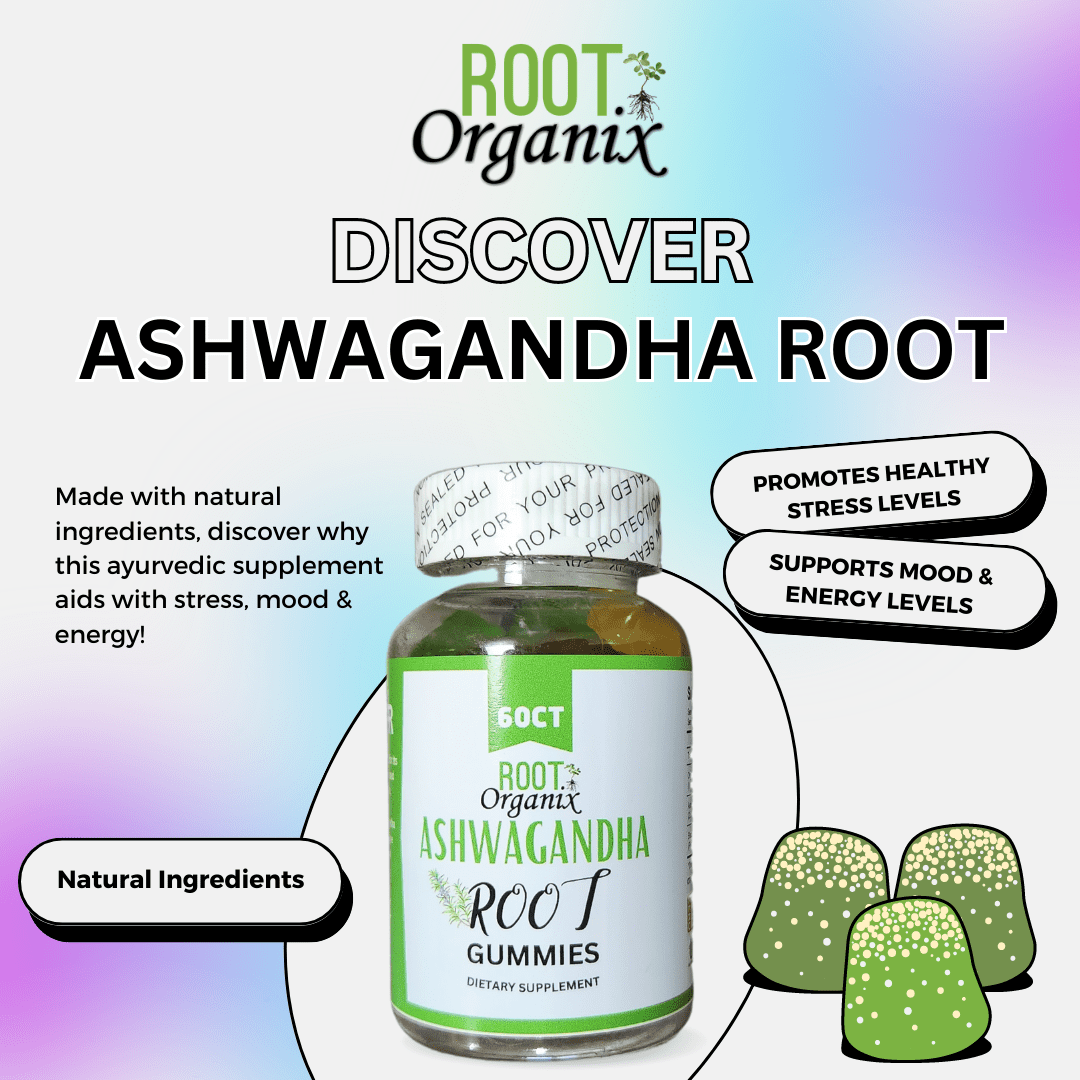
Signs and Symptoms
Recognizing dependency is the first step toward addressing it. Here, we dissect the signs and symptoms of Kratom over use, ranging from heightened tolerance to withdrawal symptoms. Armed with this knowledge, individuals can identify dependency and seek help before it escalates further.
Recognizing the signs is paramount to addressing this complex issue. It often begins with heightened tolerance, where regular users find themselves needing more Kratom to achieve the same effects, signifying the early stages of dependency. As dependency progresses, individuals may experience a range of withdrawal symptoms when they attempt to quit or reduce their Kratom intake.
These withdrawal symptoms can be both physically and psychologically distressing, including muscle aches, irritability, anxiety, and insomnia. These telltale signs of Kratom over use serve as crucial red flags, prompting individuals to seek help and begin the journey towards recovery, making early recognition a vital step in addressing this often hidden problem.
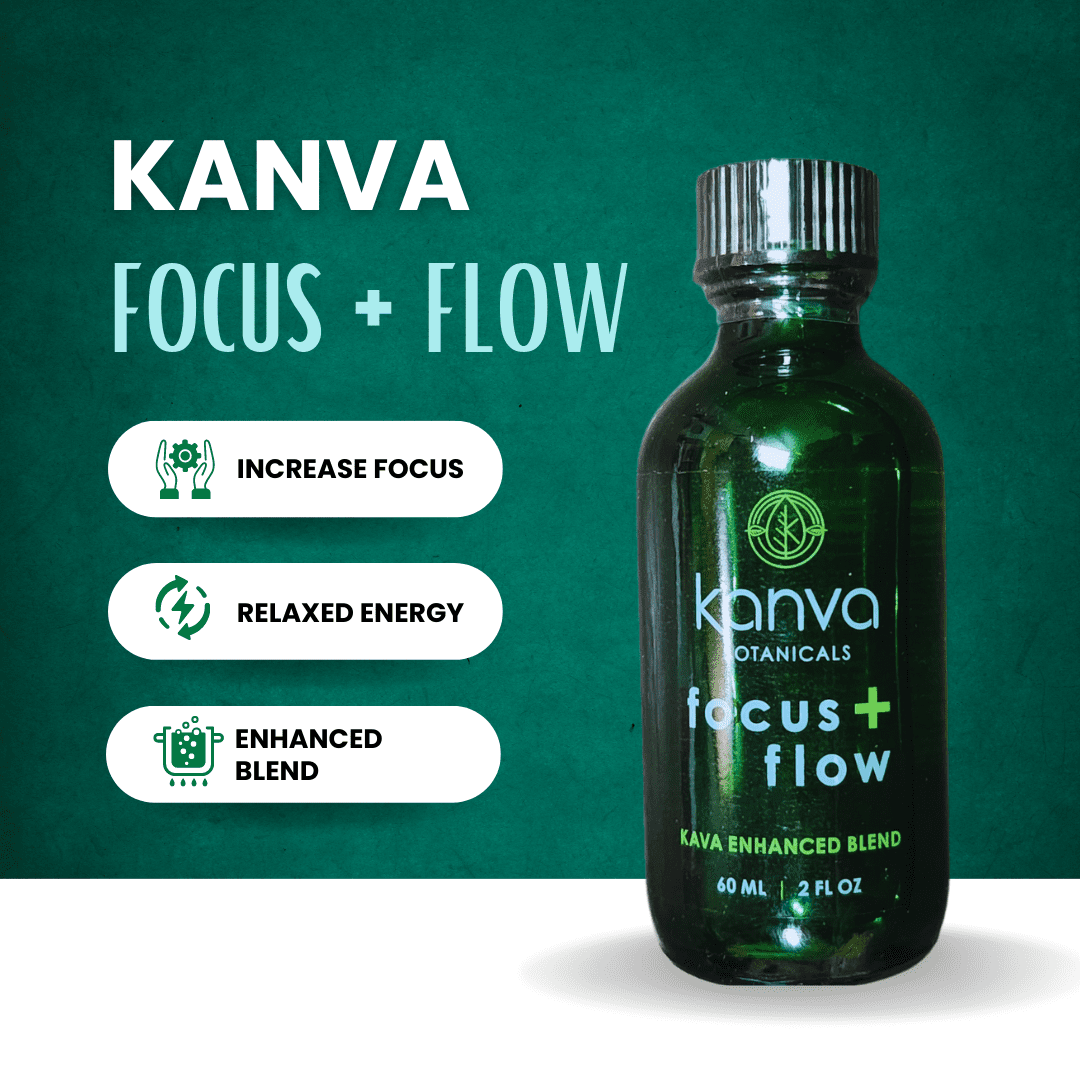
The Science Of Dependency
The science of dependency reveals itself as we dissect the plant’s chemical composition and its interactions with the brain. We explore how Kratom’s alkaloids bind to opioid receptors, leading to tolerance, dependency, and withdrawal. Understanding this science is pivotal in grasping the intricacies of Kratom.
Understanding the nature behind Kratom dependency reveals its intricate nature. Kratom contains a multitude of alkaloids, but the primary ones, mitragynine and 7-hydroxymitragynine, are central to the development of tolerance, dependency, and subsequent withdrawal.
These alkaloids act as partial agonists at the brain’s mu-opioid receptors, interacting with the same neural pathways as traditional opioids. Over time, frequent Kratom use leads to the brain becoming less responsive to its effects, necessitating higher doses to achieve the desired results—this is the hallmark of tolerance.
As tolerance escalates, dependency takes hold, and attempts to reduce or cease Kratom consumption can trigger withdrawal symptoms, driven by the altered brain chemistry. This scientific foundation underscores the intricate interplay of Kratom’s alkaloids and opioid receptors in the complex web of Kratom use.
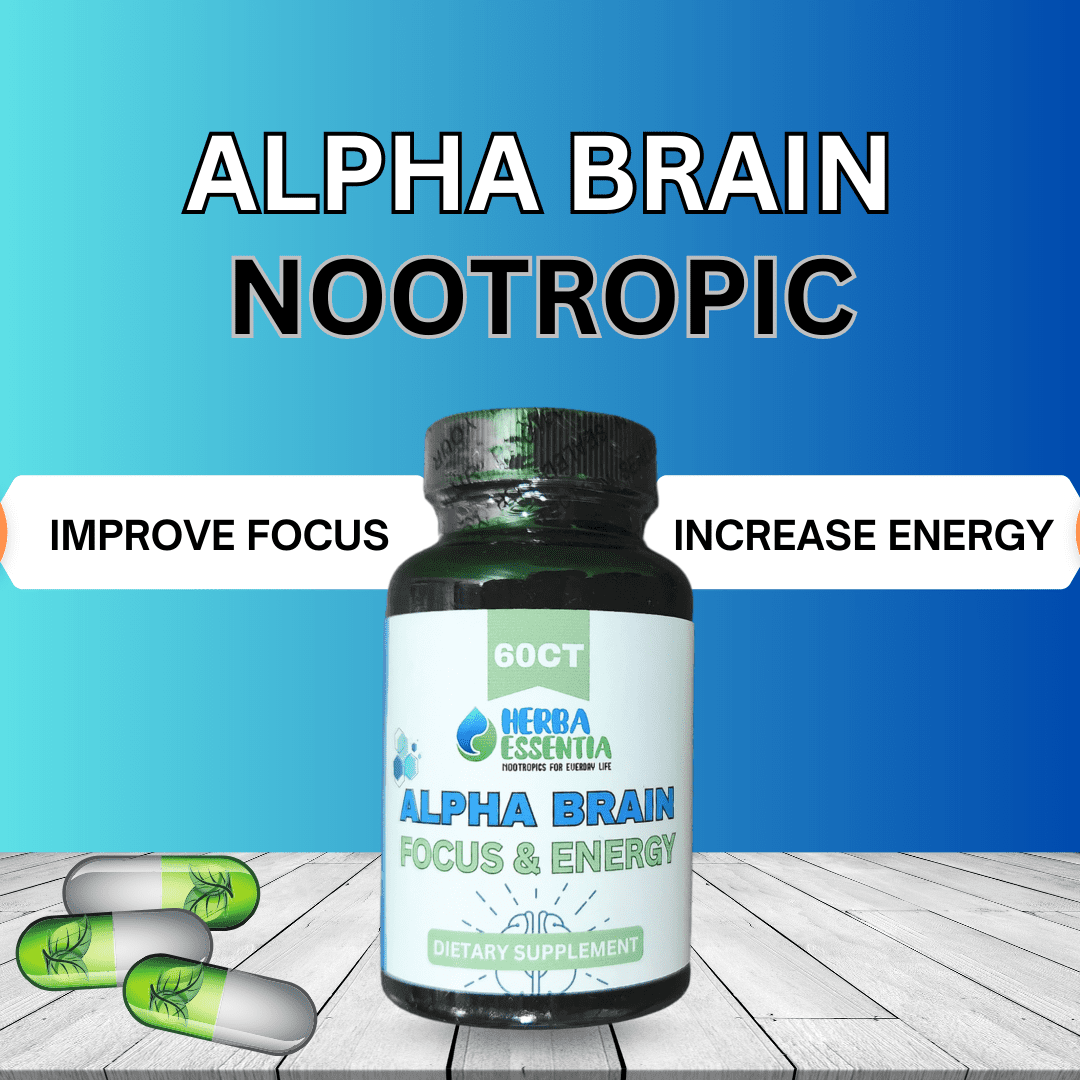
The Controversy: For and Against Kratom Usage
The debate surrounding Kratom is multifaceted. In this section, we present the arguments both for and against Kratom usage. Advocates emphasize its potential benefits, while critics raise concerns about its addictive nature and potential health risks. We provide an unbiased overview of the arguments to foster a well-rounded perspective on Kratom’s role in health and wellness.
The debate surrounding Kratom is multifaceted, and a well-rounded perspective is crucial in understanding its role in health and wellness. Advocates emphasize Kratom’s potential to offer pain relief, alleviate anxiety and depression, and provide a natural alternative to pharmaceuticals.
They highlight its accessibility, affordability, and the absence of a prescription requirement. However, critics raise concerns about Kratom’s potential for addiction and health risks. They caution against its potential for dependency and withdrawal symptoms, underscoring the importance of regulation and safety.
This balanced overview of the arguments surrounding Kratom fosters a comprehensive understanding of its potential benefits and pitfalls, ultimately empowering individuals to make informed decisions about its use in their pursuit of health and wellness.
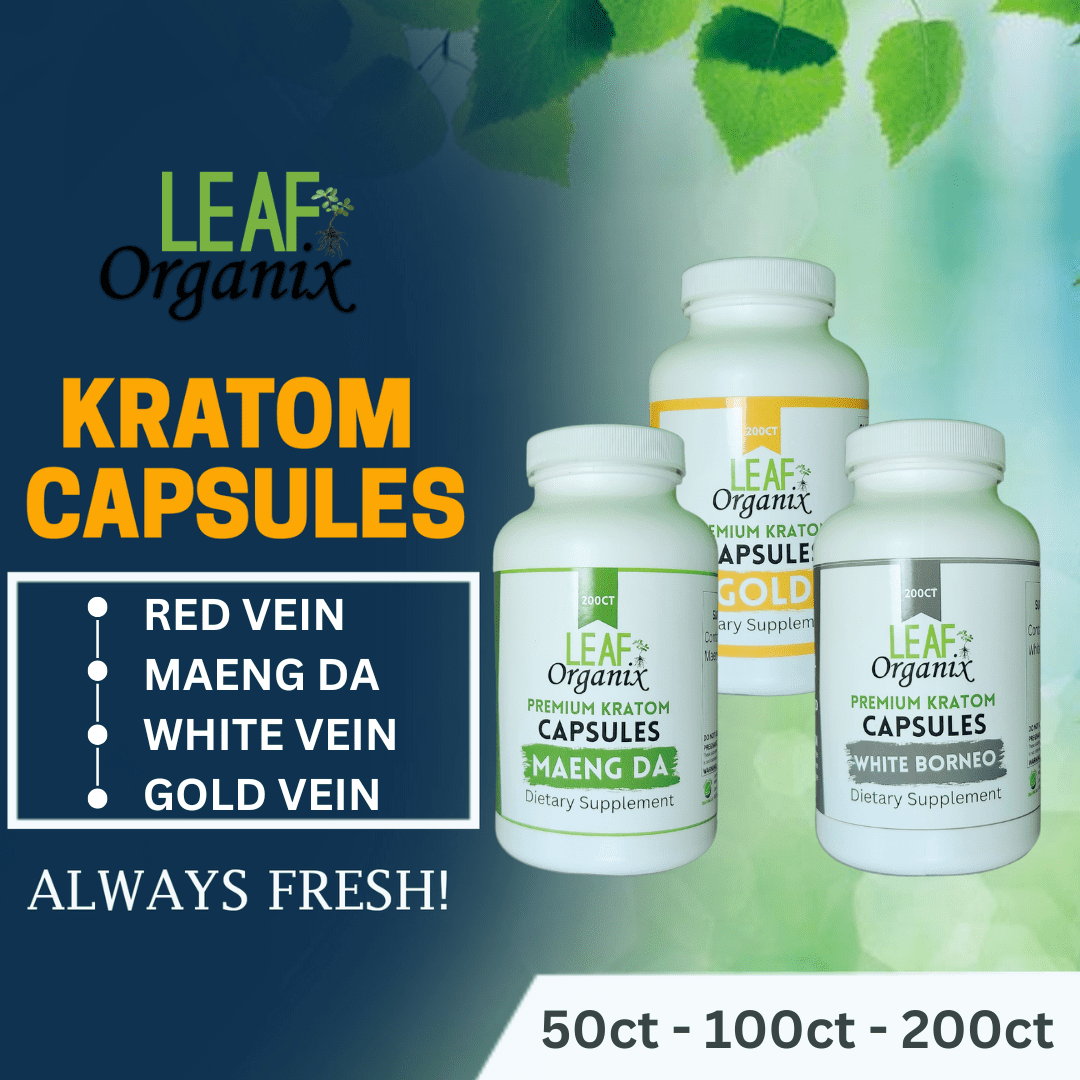
Kratom Withdrawal: A Harrowing Journey
Kratom withdrawal is a challenging experience. Individuals attempting to quit Kratom may face a daunting array of physical and psychological symptoms. We delve into the harrowing journey of Kratom withdrawal, shedding light on the discomfort, challenges, and endurance required to navigate this process.
The journey through Kratom withdrawal is a daunting experience, marked by a series of physical and psychological challenges. Individuals attempting to break free from Kratom’s grip must endure an array of distressing symptoms, including muscle aches, anxiety, irritability, and insomnia.
The discomfort and intensity of these symptoms can often be overwhelming, testing one’s endurance and resolve. Kratom withdrawal is a stark reminder of the powerful grip of dependency, and navigating this tumultuous journey demands strength and resilience. Understanding the hardships of Kratom withdrawal underscores the importance of early intervention and support for those seeking to break free from this complex and difficult circumstance.
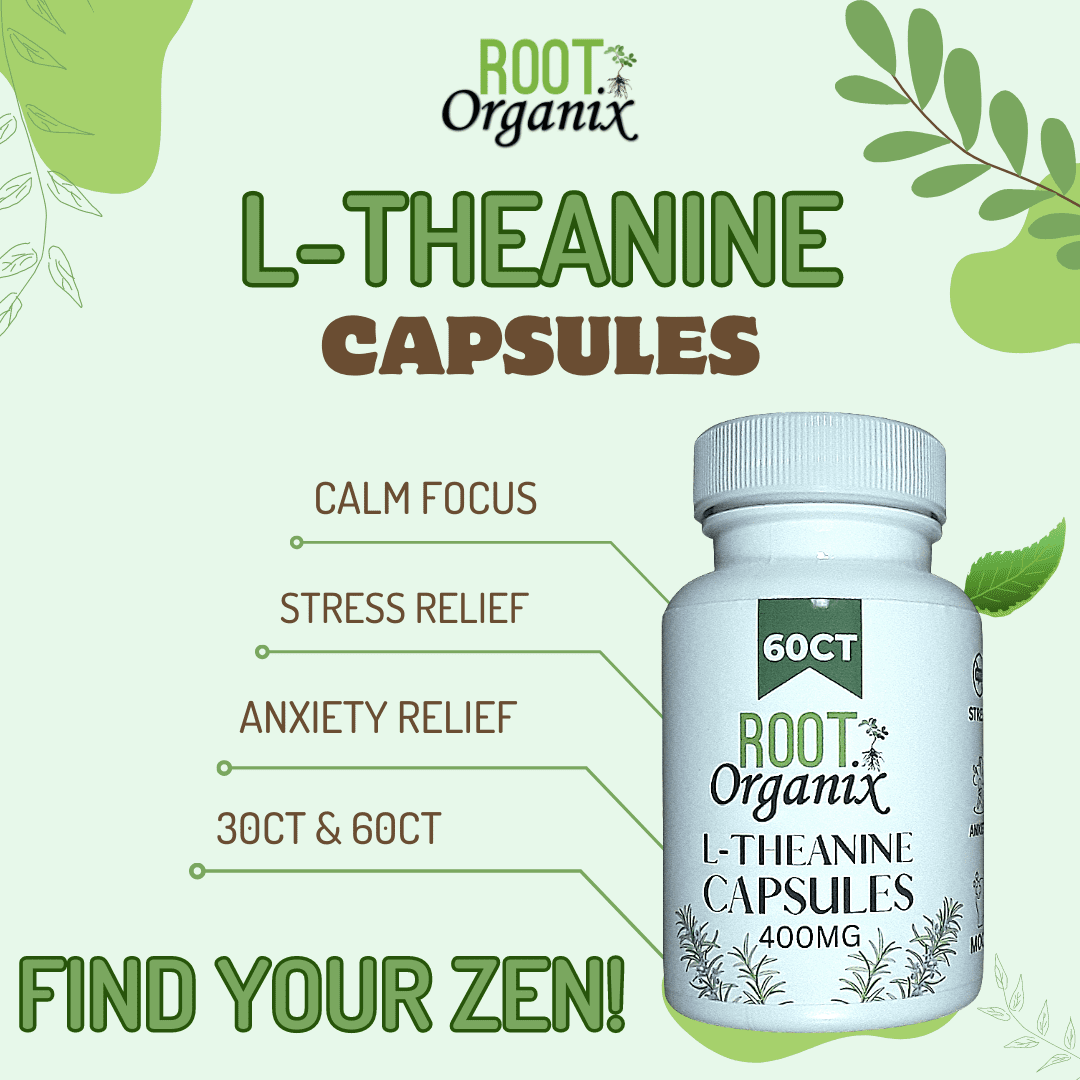
Road to Recovery: Escaping the Clutches
Recovery from dependency is possible, but it’s a journey fraught with hurdles. We explore the various strategies and approaches for individuals looking to break free from Kratom’s grip. From medical assistance to therapy and support groups, we provide a roadmap for those on the path to recovery.
It is no doubt a challenging journey, but there are various strategies and approaches that individuals can employ to break free from its grasp. From a medical standpoint, professionals can provide support in the form of medication to manage withdrawal symptoms and therapy to address the psychological aspects of dependency.
Support groups and counseling play a pivotal role in helping individuals navigate the emotional challenges of recovery. A strong support system, including friends and family, can provide much-needed encouragement and assistance throughout the process.
Education about the risks and dangers of Kratom use, as well as healthy coping mechanisms, is a fundamental component of long-term recovery. This multifaceted approach offers a roadmap for those seeking to escape the burden of Kratom addiction, emphasizing that recovery is both achievable and worth the effort.
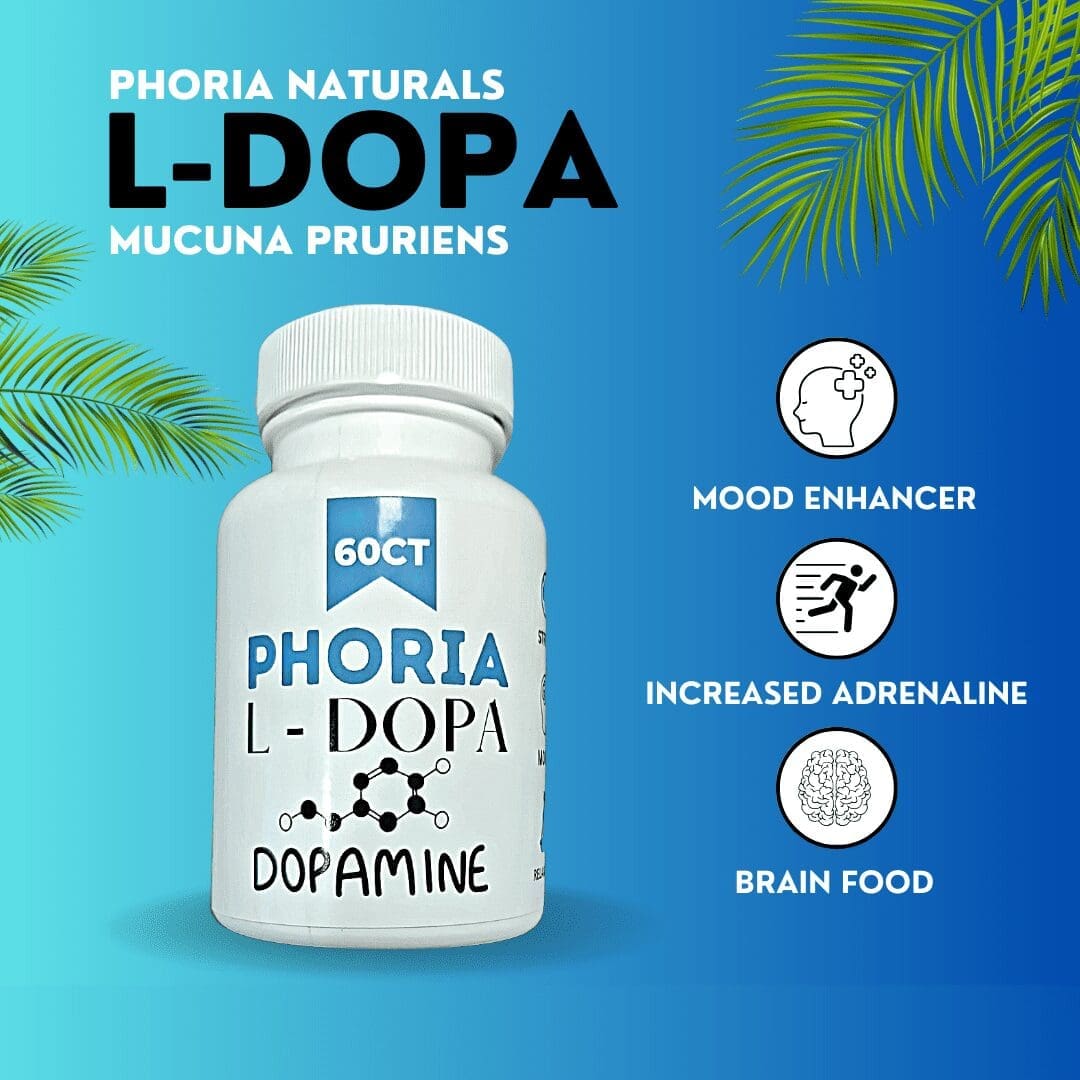
Conclusion: Empowering Recovery A New Dawn
The journey through Kratom use may be tough to say the least, but it can lead to a new beginning marked by health, wellness, and a deeper understanding of the complexities surrounding natural substances like Kratom. In this final section, we highlight the importance of awareness, support, and education in empowering individuals to embark on a journey toward recovery and overall well-being.
In the complex landscape of Kratom usage, awareness, support, and education are paramount. Raising awareness about the potential risks and benefits of Kratom provides individuals with the knowledge to make informed decisions about its use. A robust support system, encompassing both professional assistance and the understanding of friends and family, offers a safety net for those navigating Kratom’s allure and potential pitfalls.
Education about healthy coping mechanisms, the signs of dependency, and the resources available for recovery equips individuals with the tools to make informed choices about Kratom. In this multifaceted approach, awareness, support, and education converge to empower individuals in their pursuit of well-being and recovery, ensuring that they are well-prepared to navigate the complexities surrounding Kratom usage.
FAQs
What is Kratom, and where does it come from?
Why is Kratom so popular among users?
What are the risks associated with Kratom usage?
How can one recognize Kratom Over Use?
What causes Kratom addiction?
Is Kratom usage completely safe?
What are the arguments for and against Kratom usage?
Can Kratom withdrawal be severe?
How can one break free?
Related Articles:
- Alcohol Use Disorder And Kratom Benefit
- Kratom Strains Guide What To Know Now
- Kratom Use Linked To Liver Damage: The Data
- Alcohol Use Disorder And Kratom Benefit
- Addiction And Relapse With Kimberley Berlin
Meet The Author



